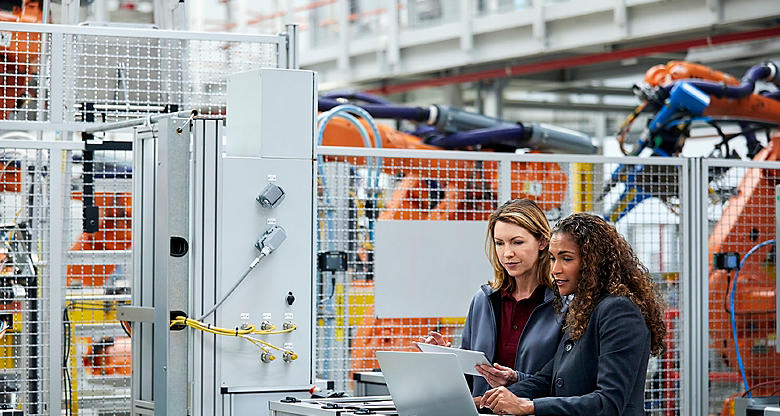
Help & support

Your go-to podcast for deep insights from female leaders across the country. Our new season hosted by Shivani Gopal features guests at the forefront of organisations like Supply Nation, Sydney WorldPride, CommBank ParaMatildas and more.

Research report: Networks & Impact
Women's Agenda surveyed over 1,000 women founders and businesses on how they're building successful ventures, creating jobs and navigating the challenges of today's economy.

Insights report: Manufacturing and Supply Chain
Explore the findings around the top challenges and tactics facing Manufacturing and Distribution businesses.
Since 2010, we've been connecting women and amplifying their stories.
With articles, research reports, the Leading Women podcast and events, our platform is shared by emerging and established leaders.
Amplifying female voices in the media and business landscape is more important than ever. Through our partnership, we'll bring you events, research and more.
Explore Women's Agenda
CommBank's domestic and family violence assistance program supports anyone seeking help with moving towards financial independence.
Explore CommBank Next Chapter
A range of programs such as school-based and full-time traineeships to help enhance the financial wellbeing of Indigenous Australians.
Explore initiatives
Our people’s charity generates vital funding for various causes, where all staff donations are matched by the bank.
Explore CommBank Staff Foundation
This page represents opinions and views of the interviewees personal experiences only. It does not have regard to the situation or needs of any reader and must not be relied upon as advice. It is not intended to imply any recommendation or opinion about a financial product or service. Before acting on this information, consider its appropriateness to your circumstances.
As this advice has been prepared without considering your objectives, financial situation or needs, you should, before acting on the advice, consider its appropriateness to your circumstances.
This page contains links that will bring you to a third party website, owned and operated by an independent party (“3rd Party Website”). Any link you make to or from the 3rd Party Website will be at your own risk. Any use of the 3rd Party Website will be subject to and any information you provide will be governed by the terms of the 3rd Party Website, including those relating to confidentiality, data privacy and security. CBA does not endorse or approve and makes no warranties, representations or undertakings relating to the content of the 3rd Party Website. CBA disclaims liability for any loss, damage and any other consequence resulting directly or indirectly from or relating to your access to the 3rd Party Website or any information that you may provide or any transaction conducted on or via the 3rd Party Website or the failure of any information, goods or services posted or offered at the 3rd Party Website or any error, omission or misrepresentation on the 3rd Party Website or any computer virus arising from or system failure associated with the 3rd Party Website.